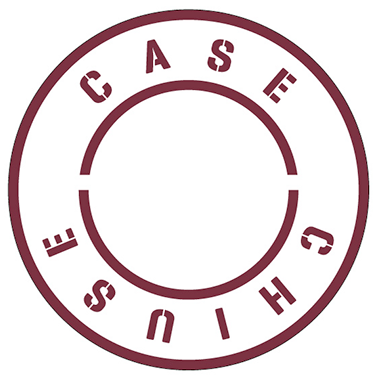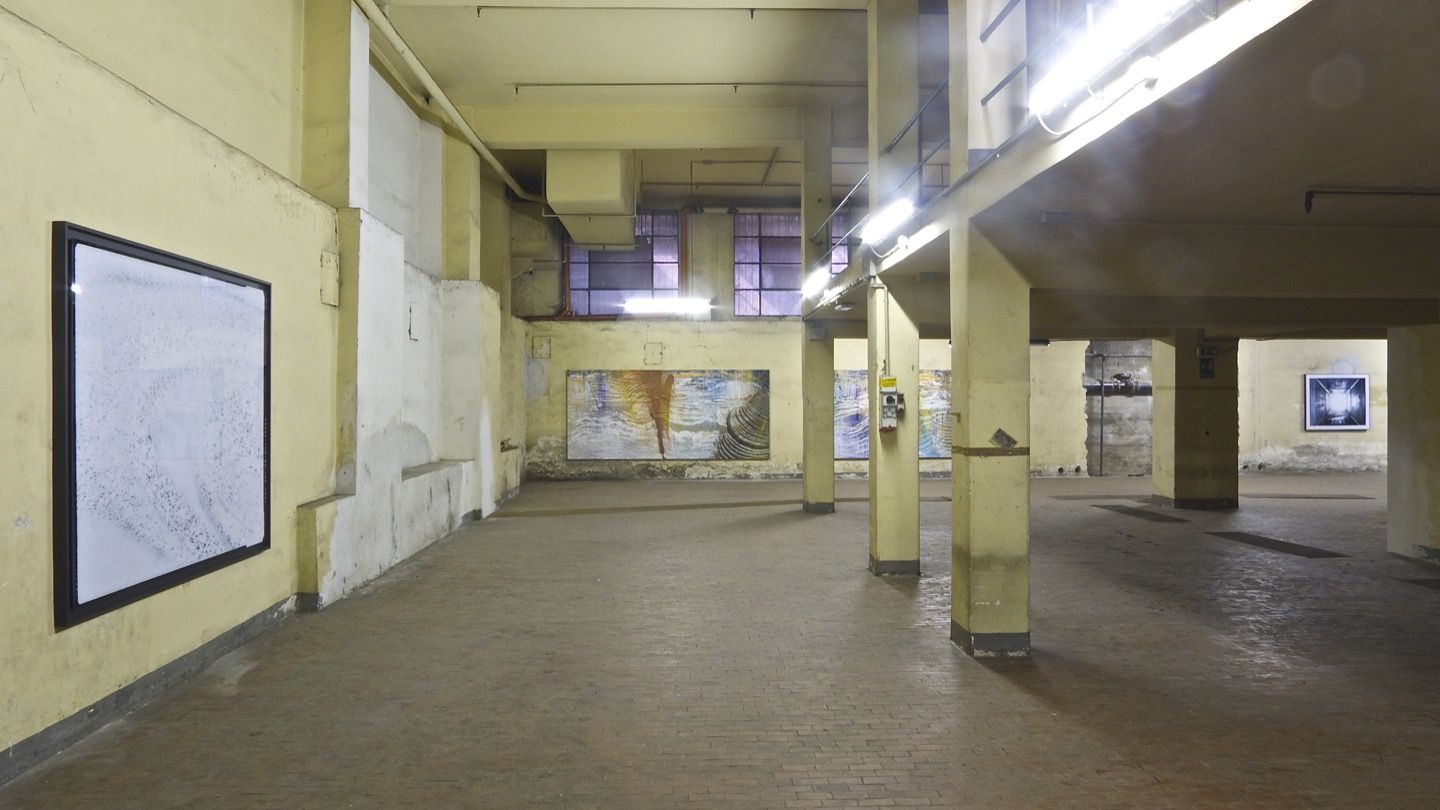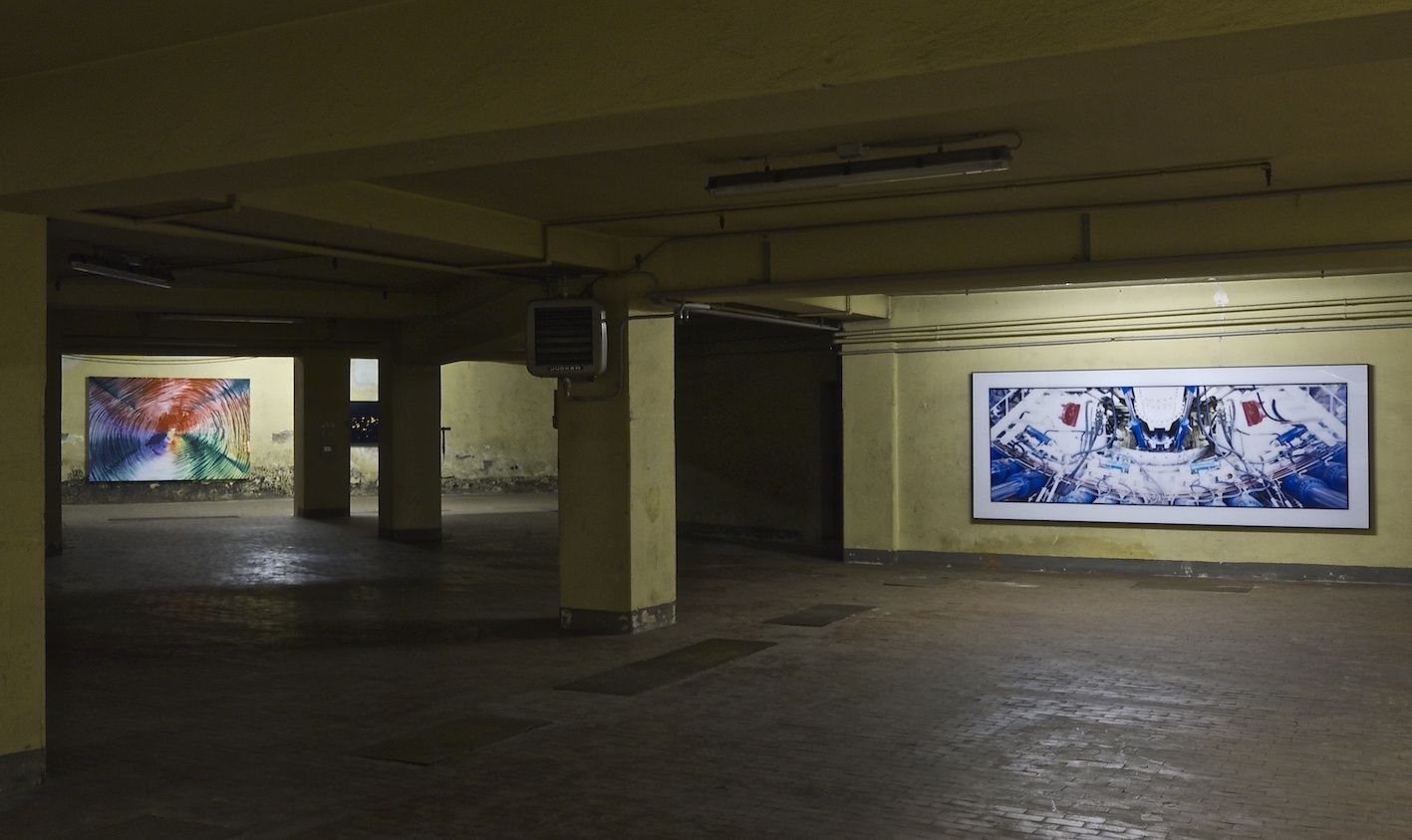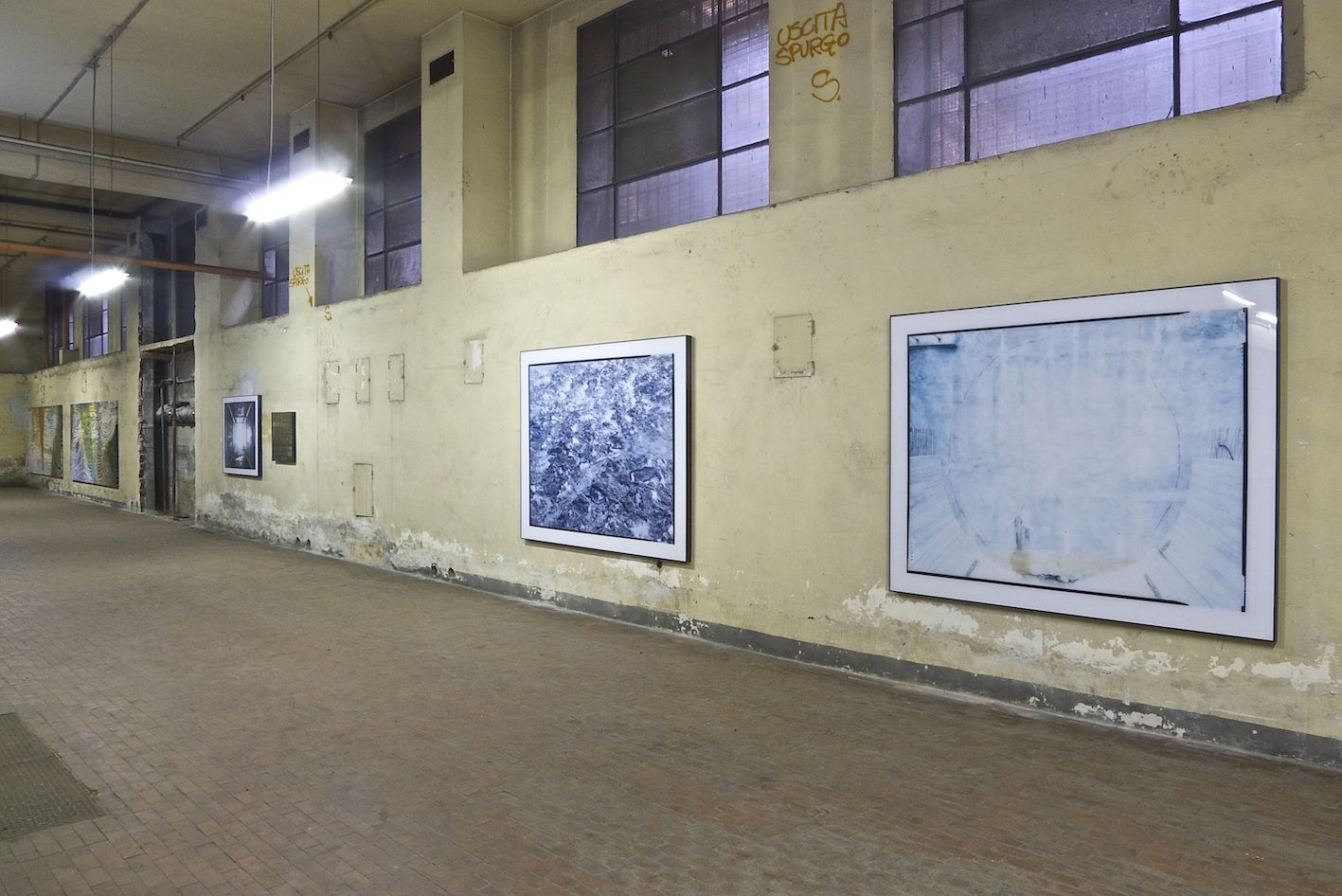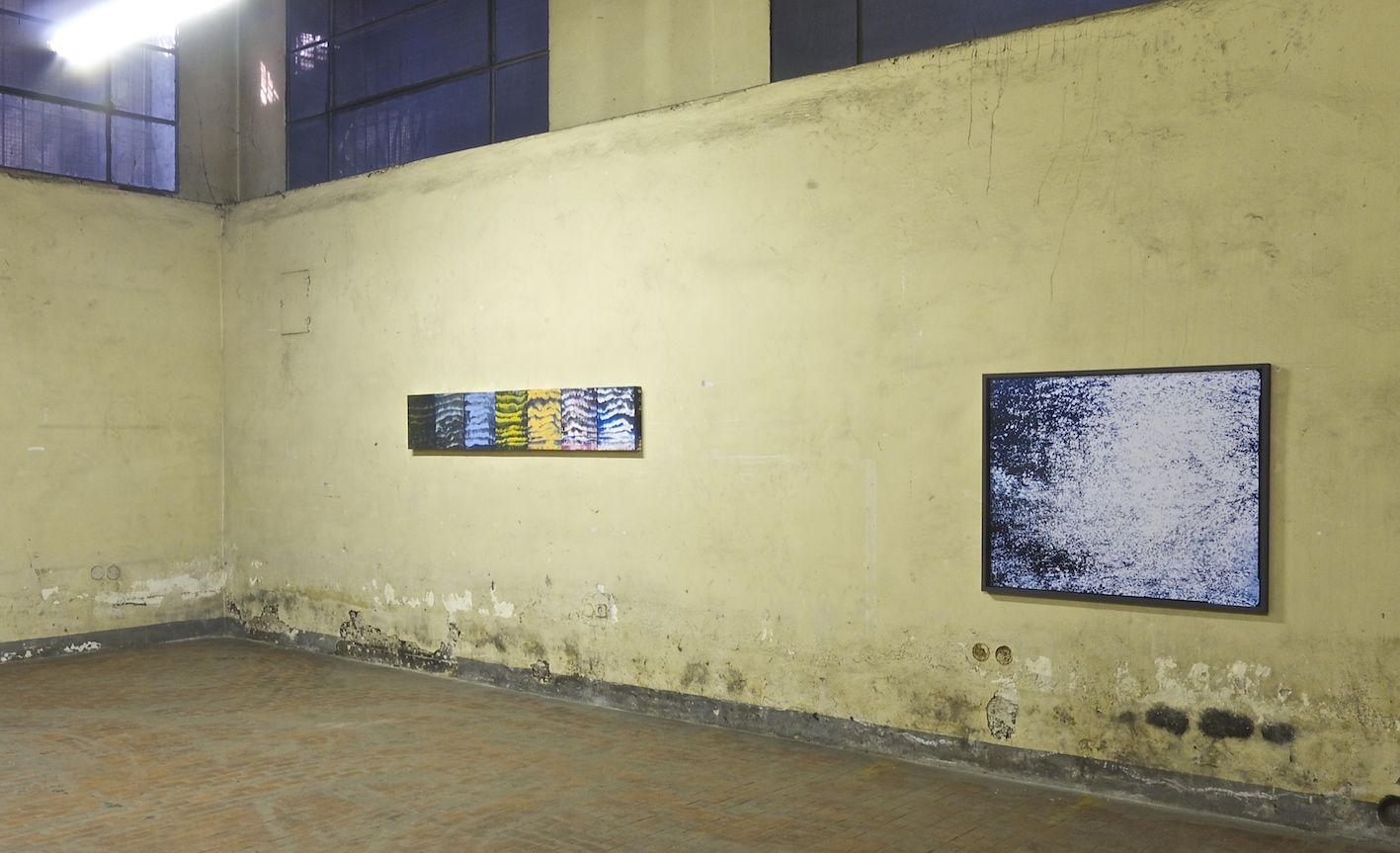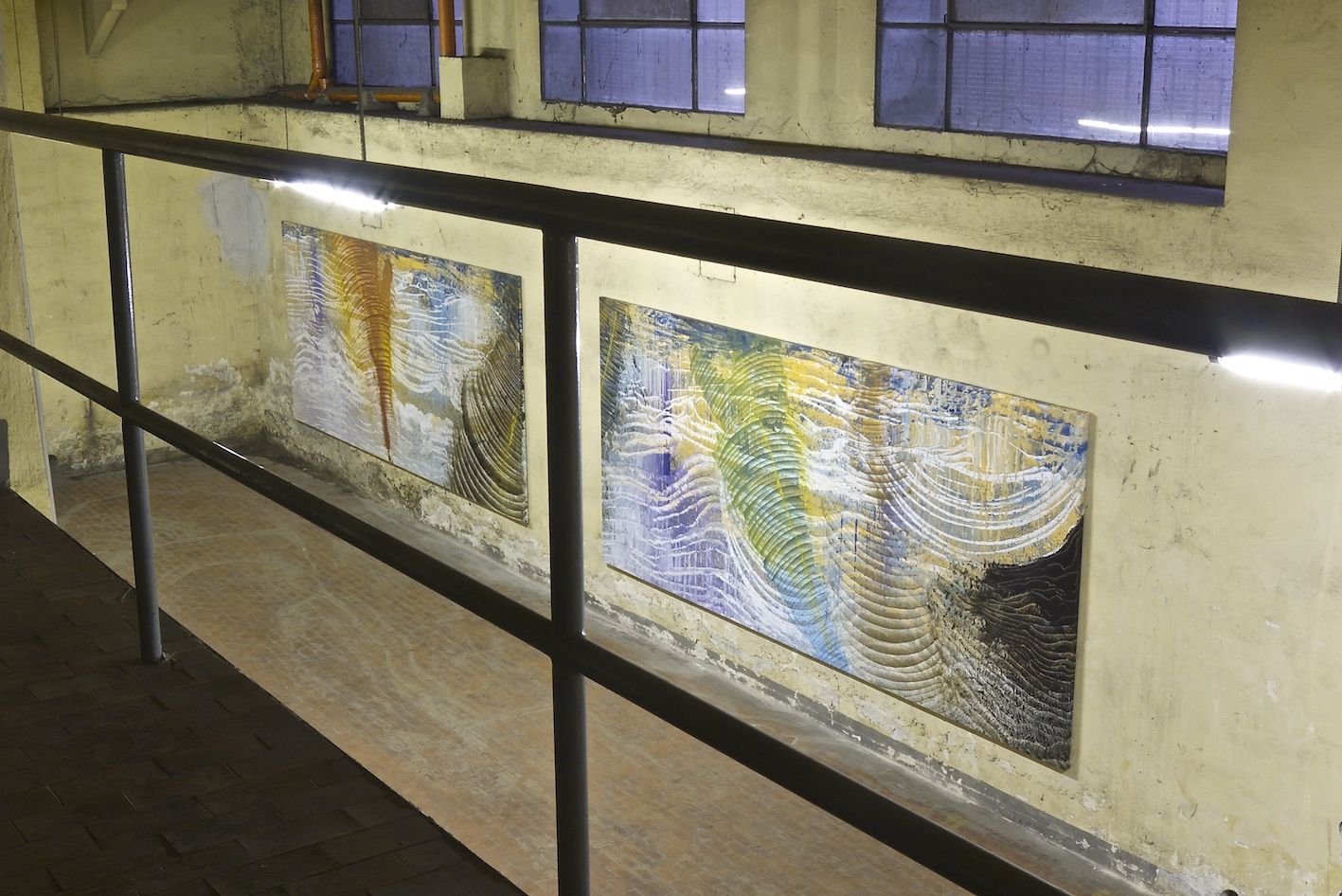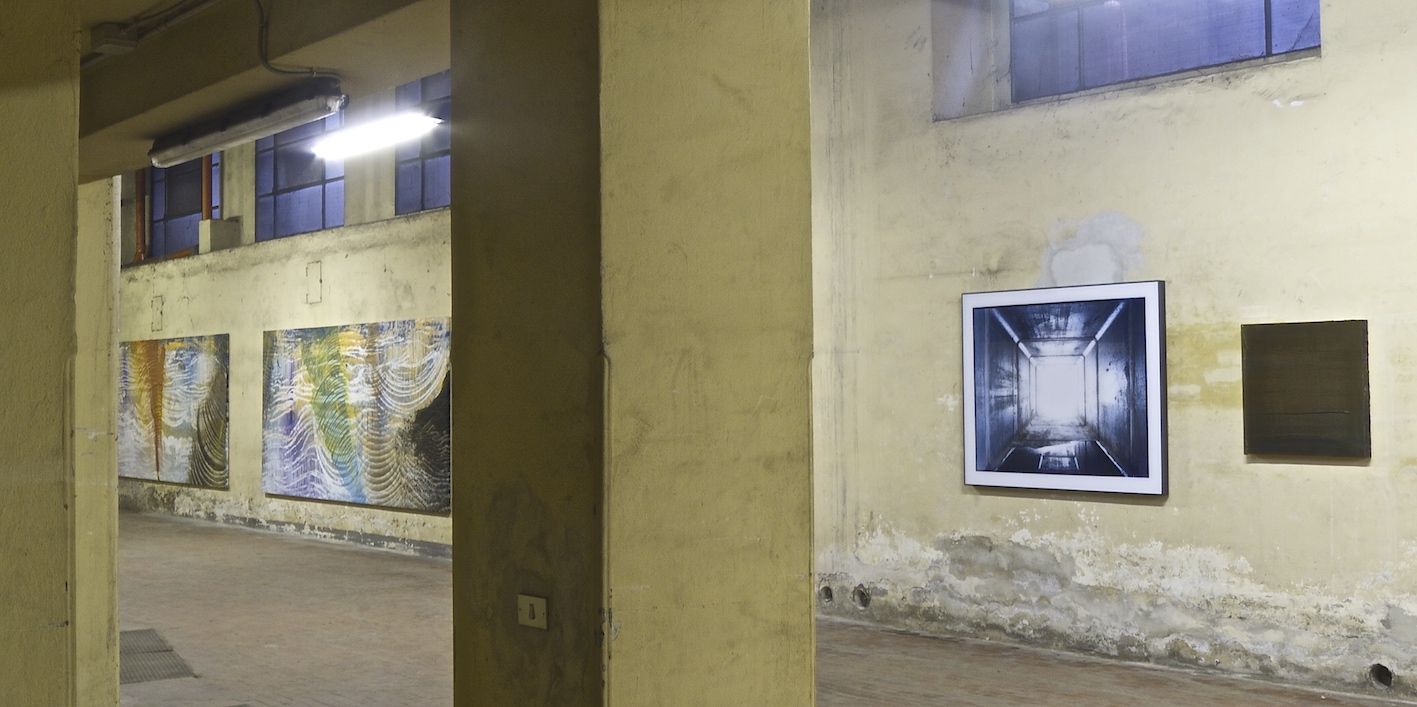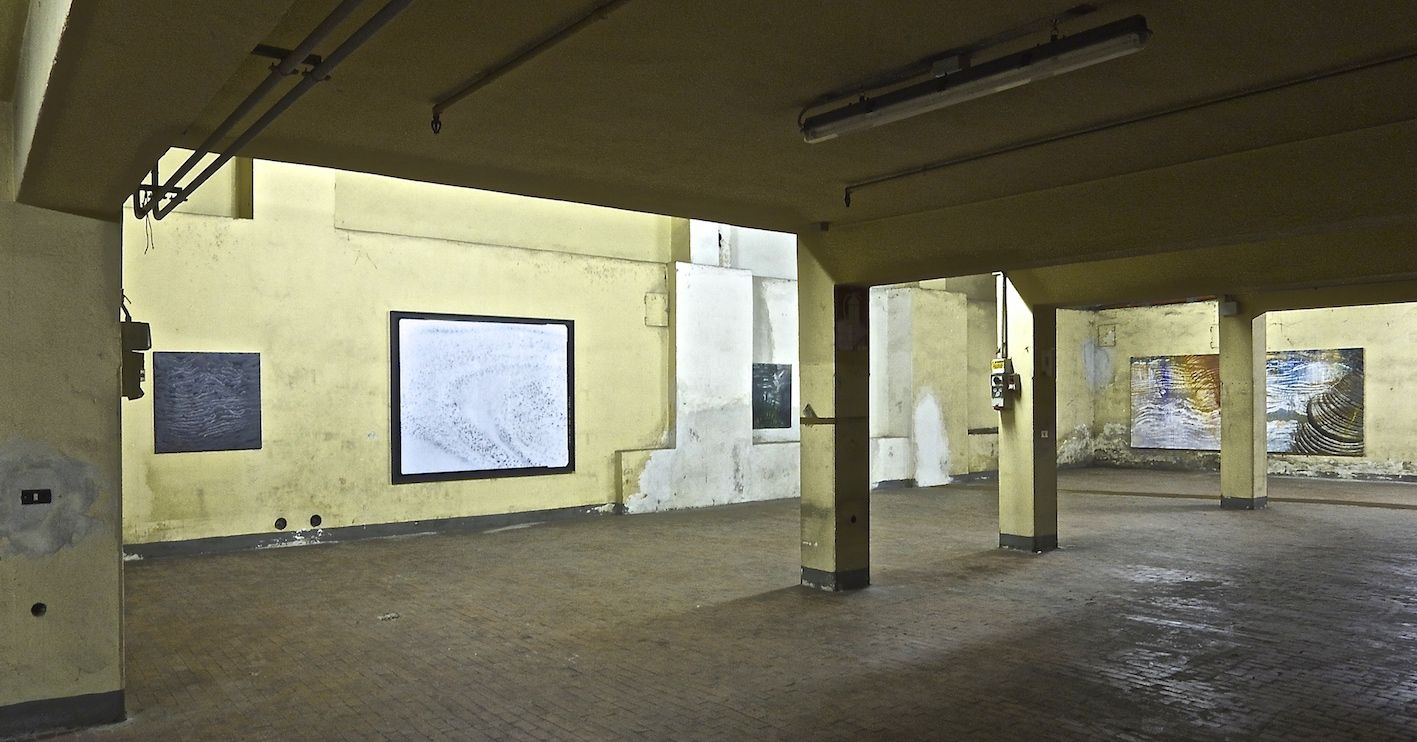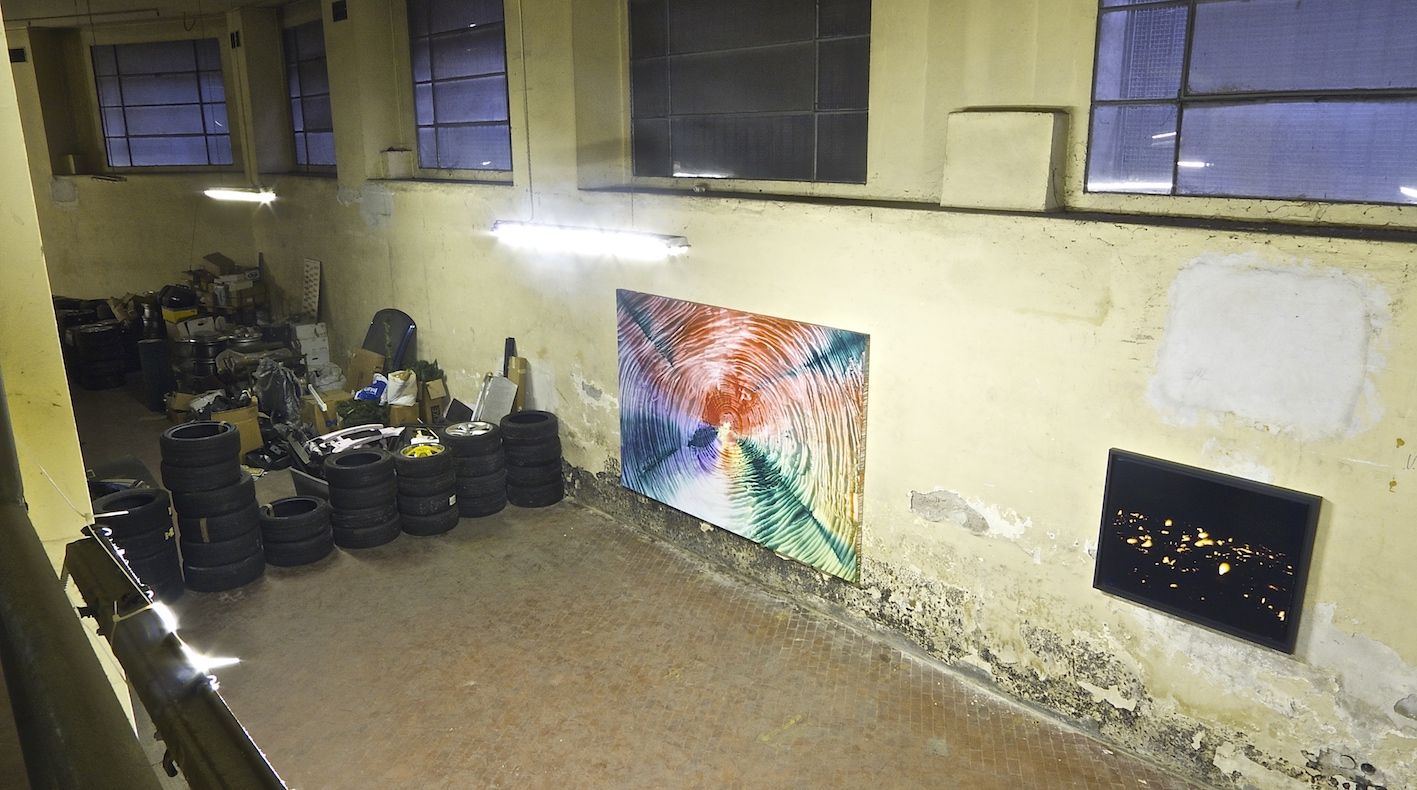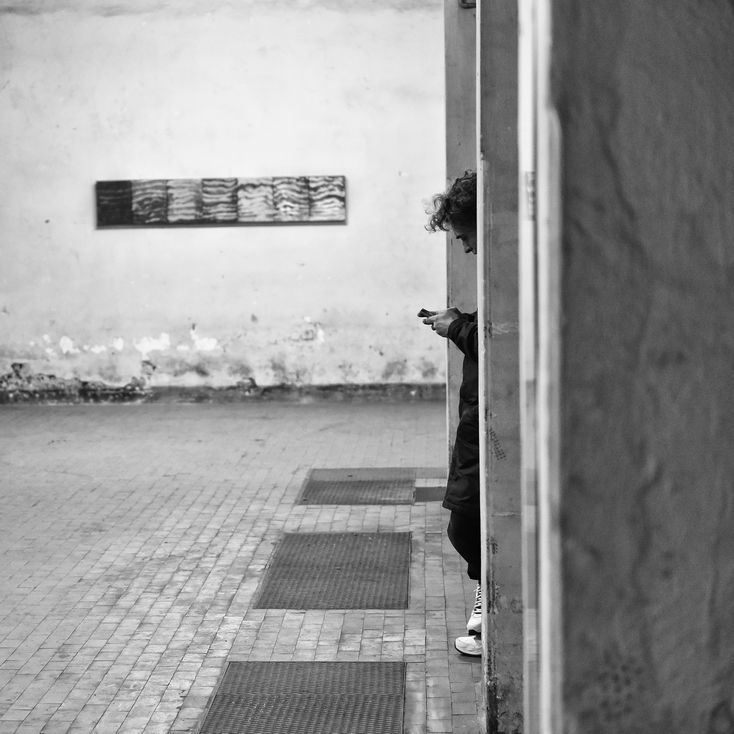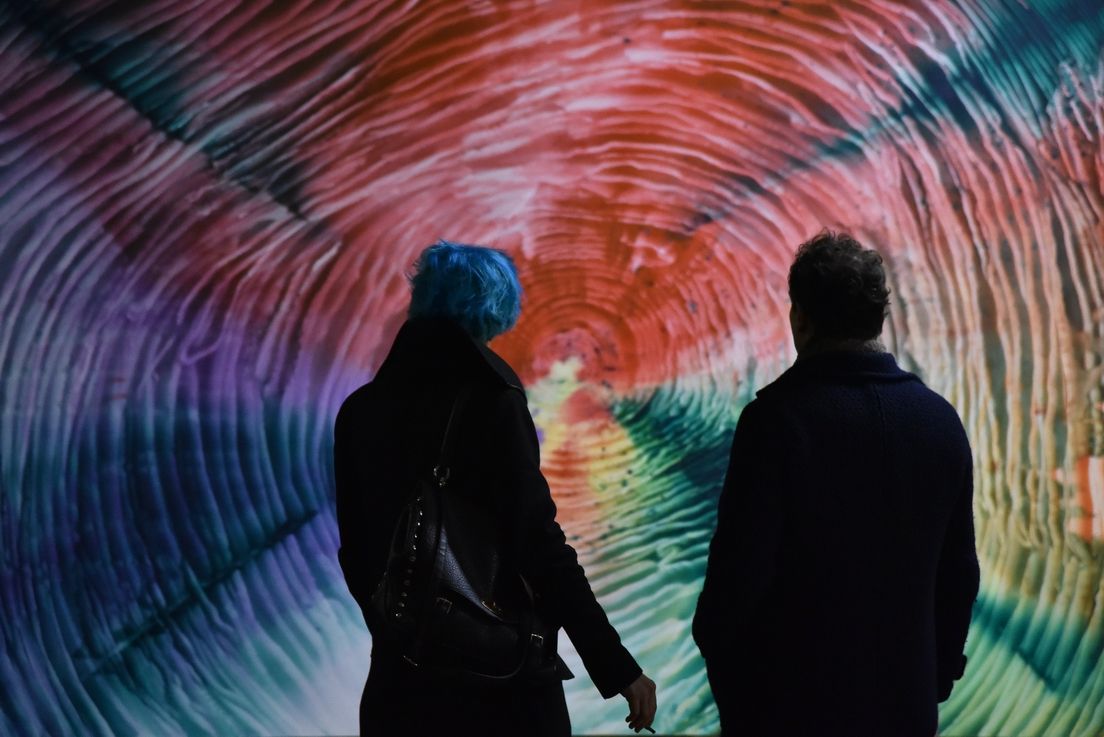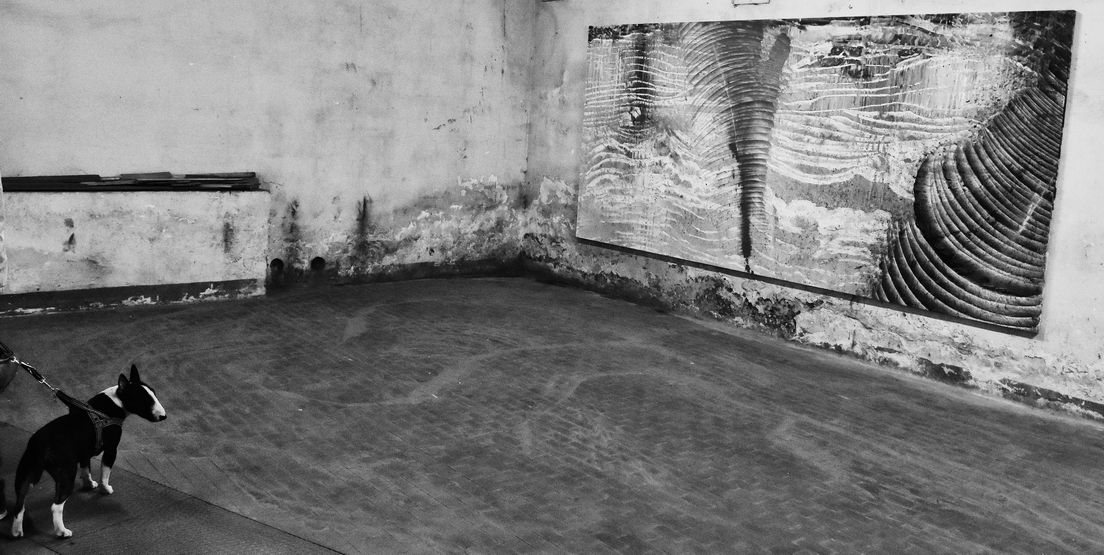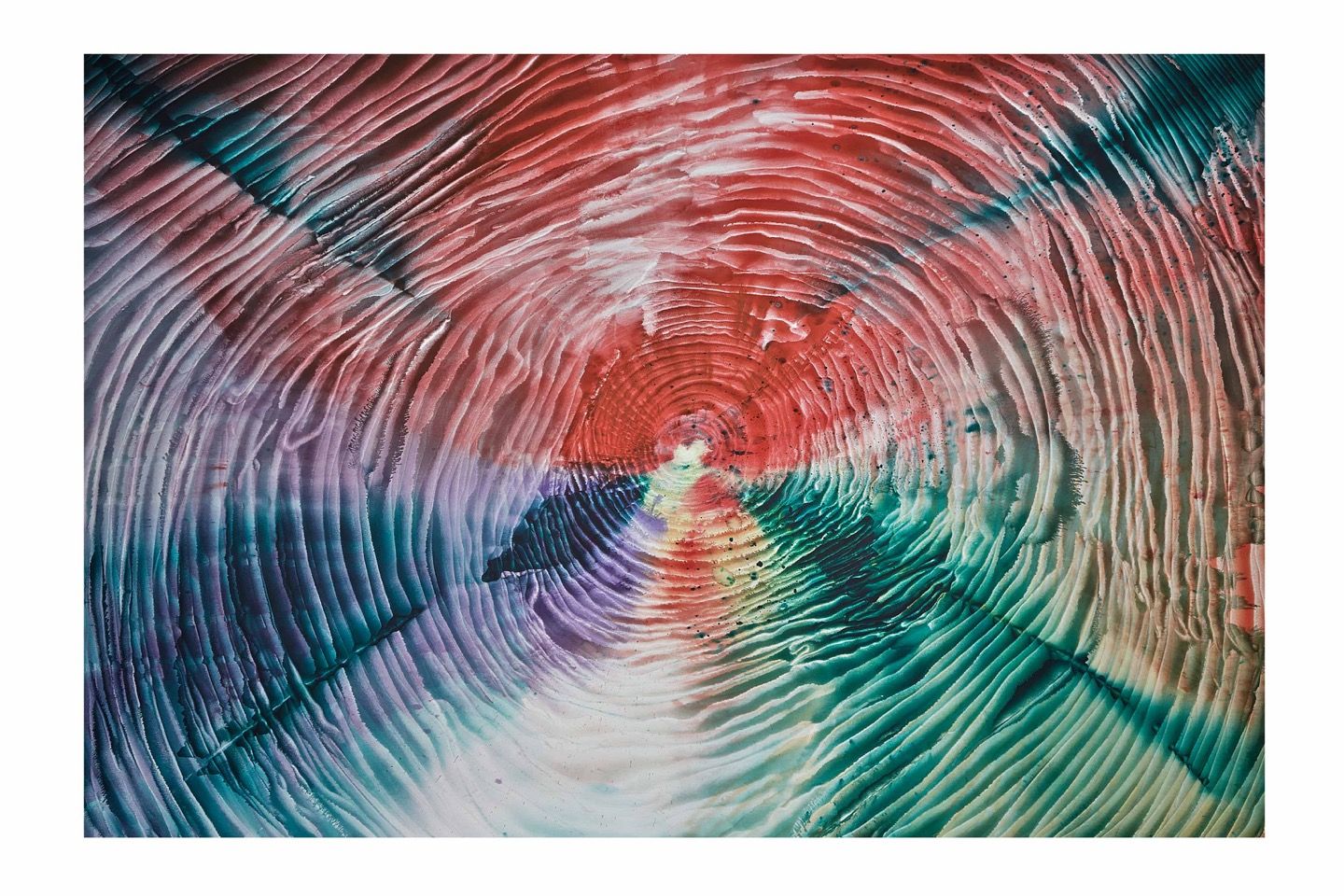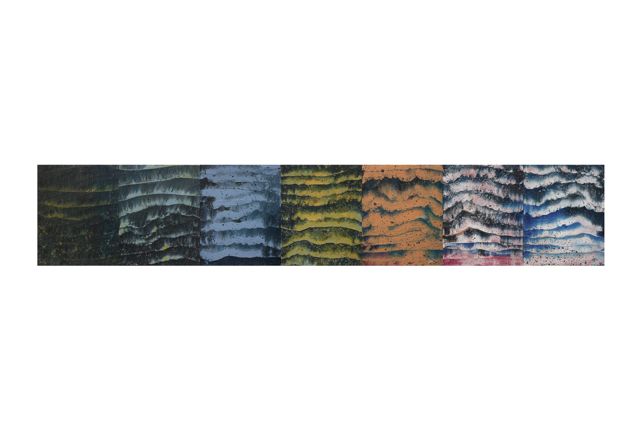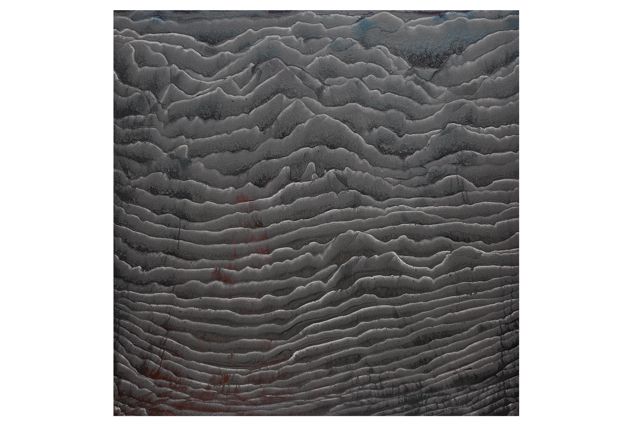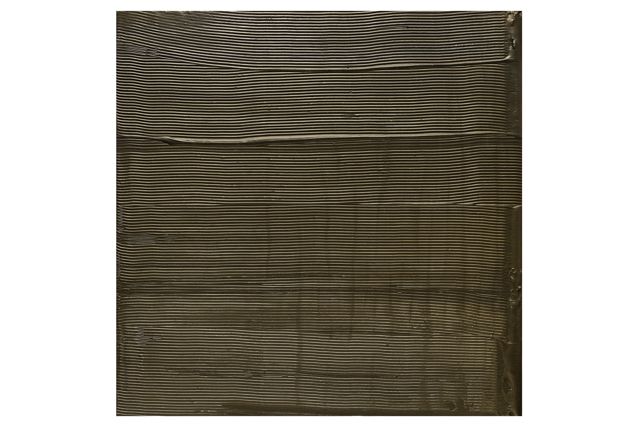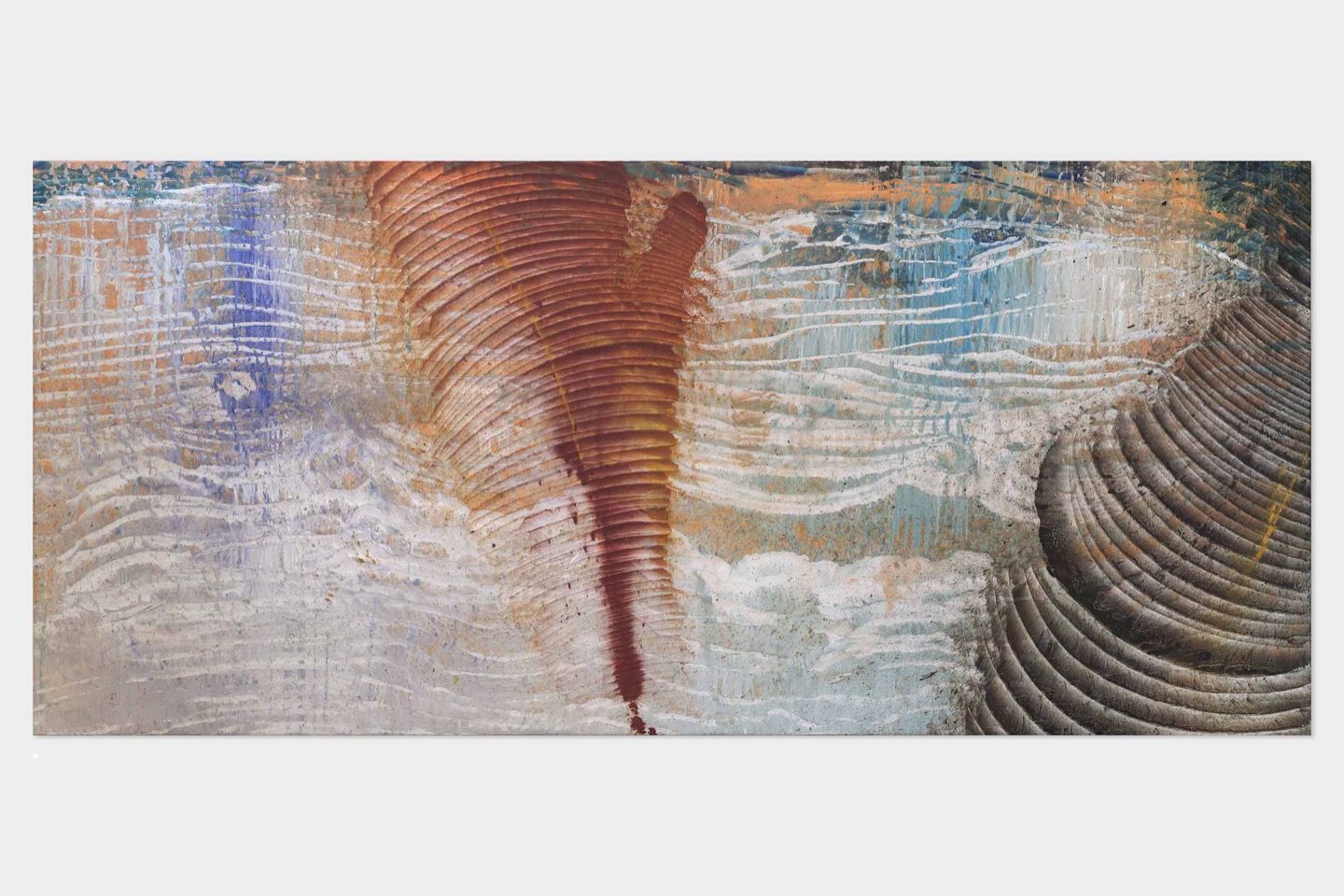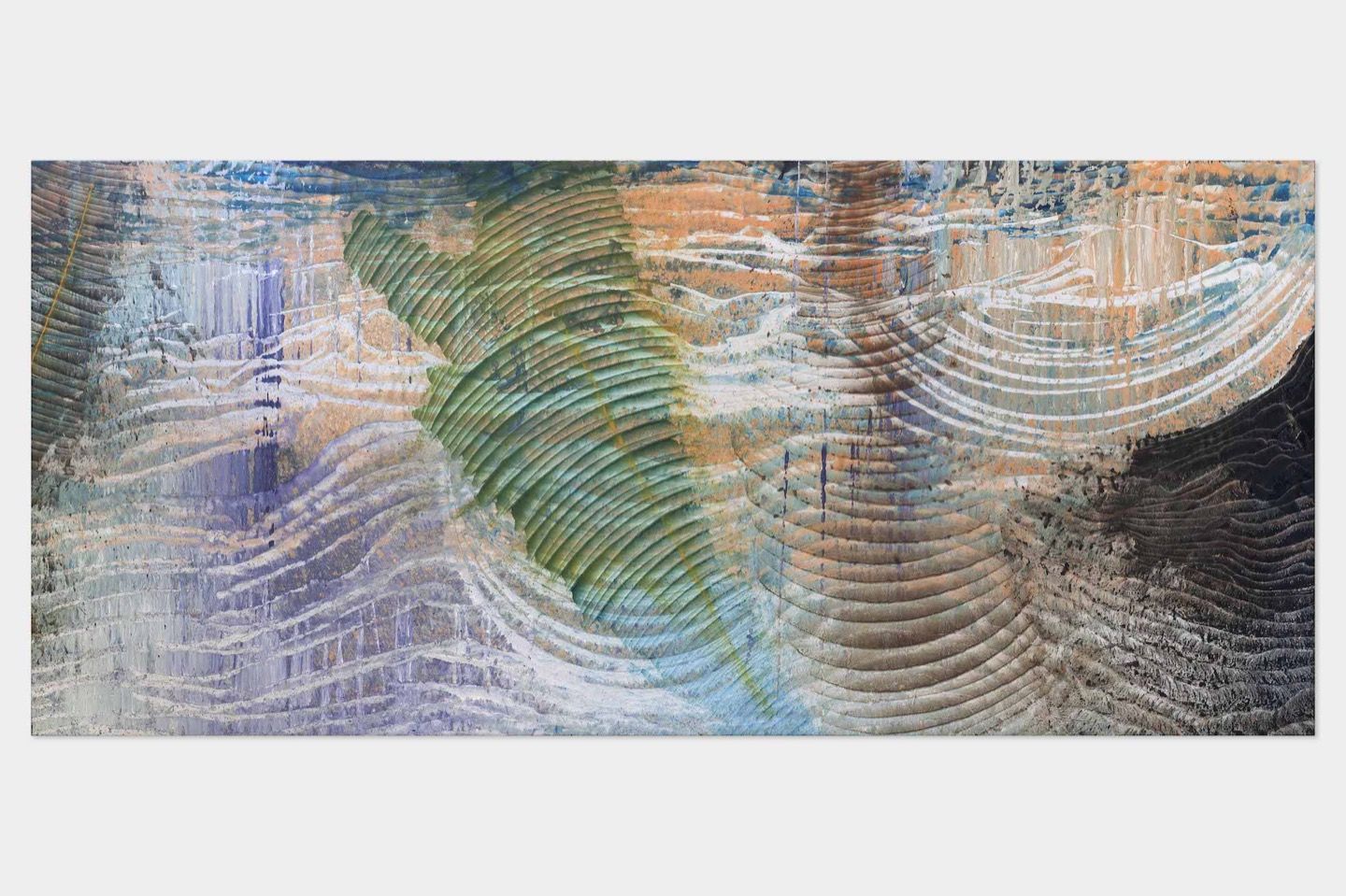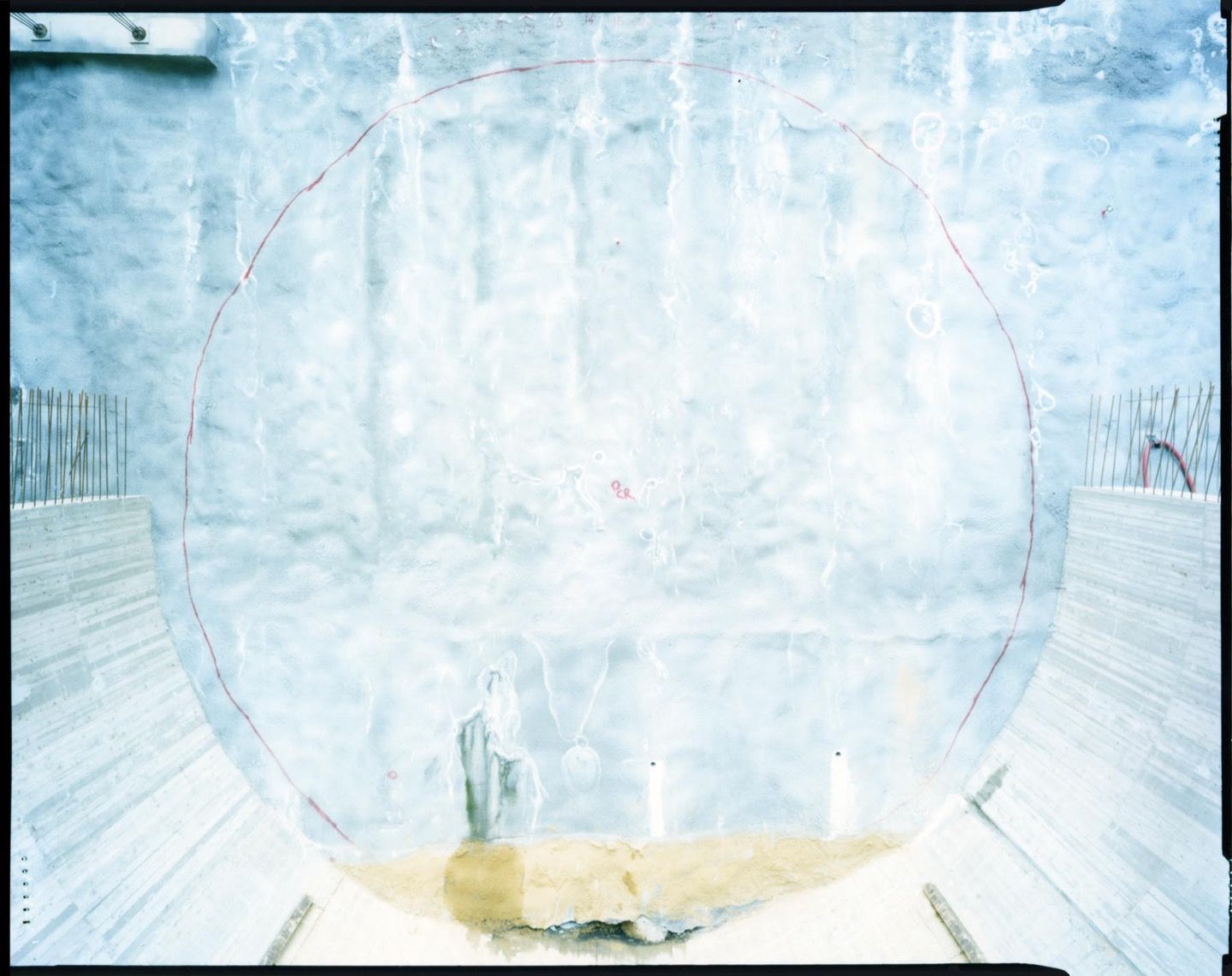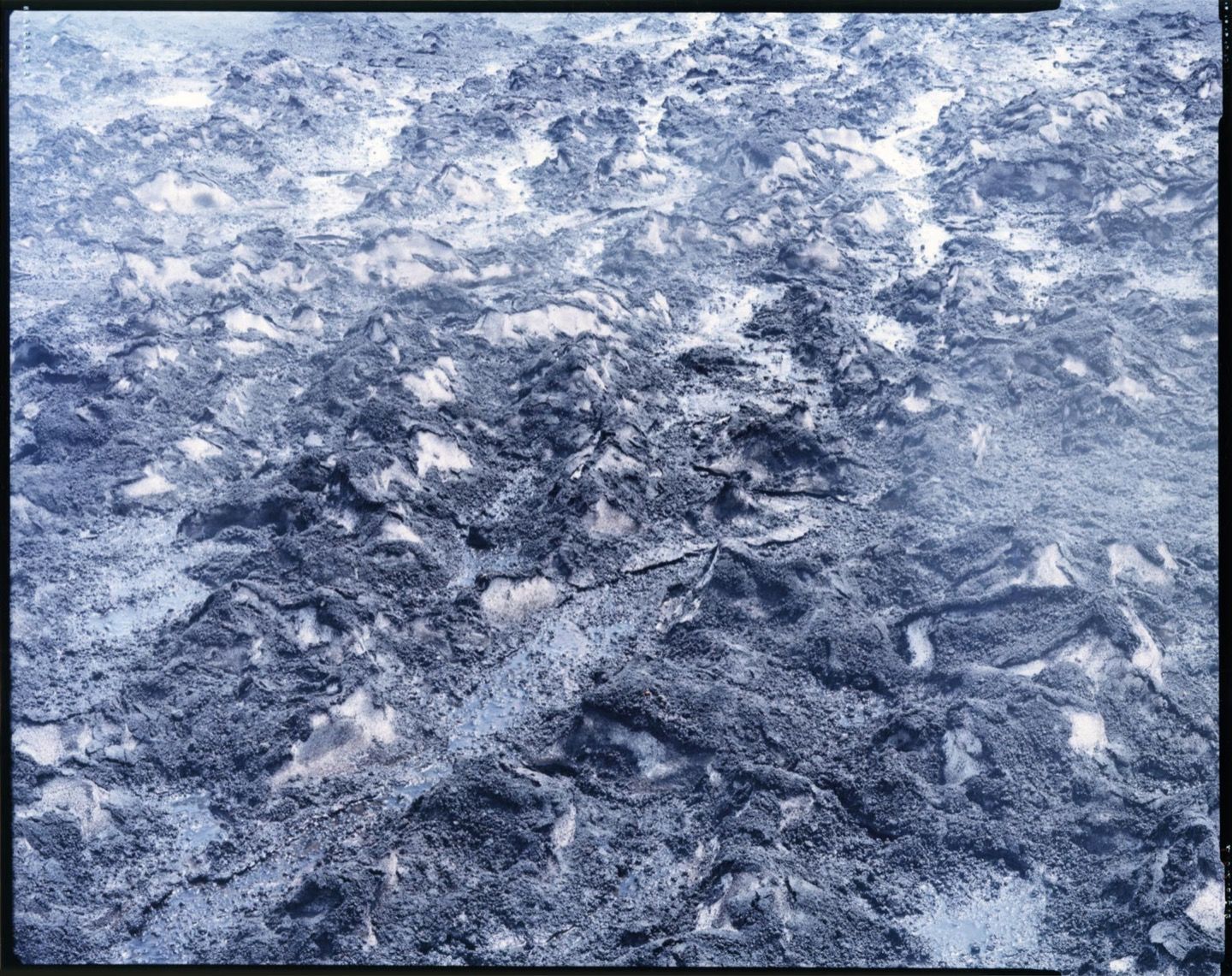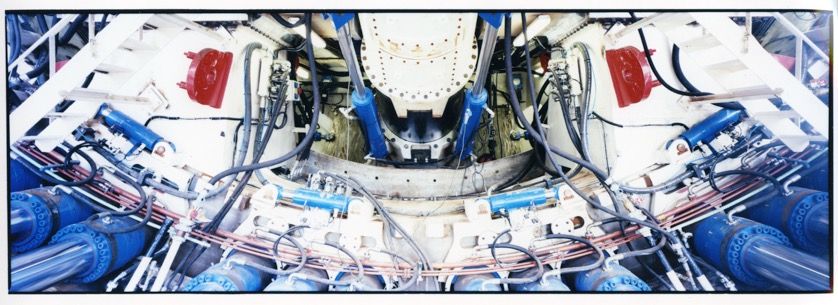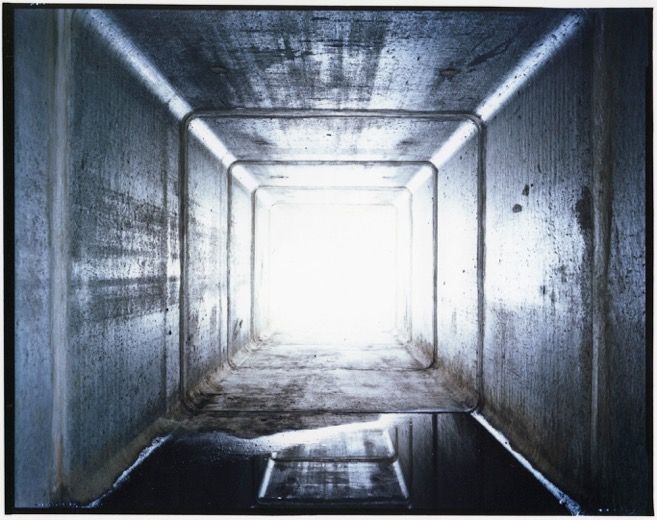Garage Soccol via Giulio Cesare Procaccini 29, Milano
20th February - 7th March, 2015
ROBERTO CODA ZABETTA / CARLO VALSECCHI
Case Chiuse #01 by Paola Clerico
The exhibition comes with no title. The many titles I thought of, I ruled them all out. The one I was the most reluctant to dismiss was “pas de deux”: a term I especially cherish because it is used in ballet to indicate two dancers performing steps together. The image of the dancers moving in sync would have worked well to illustrate and express both the methodological and artistic reciprocity between Roberto Coda Zabetta and Carlo Valsecchi.
Yet, it was clear right away that this vision was incomplete, unfinished. I was well aware that the “pas de deux” image raised misleading issues but, as I strived to let it go, it kept coming back, unrelentingly. I was stranded. This sense of distress came to an end when I realized that this metaphor had caused a short circuit in my stream of thought bringing back memories, images, and texts about dance from the last century. Modern and contemporary dance established itself as an autonomous art with its own identity. Dance as a way of thinking space, the body, humankind and their mutual exchanges. Dance as an anti-dualist art, as a transcendental experience that deconstructs the real by reaching the shifting grounds of being and making intelligible one of the infinite possible visions of the non-visible.
In the 20th century, self-referential practice and its process of self- interrogation hold sway in both art and dance. Art becomes the search of its own essence.
All this allowed to look at the new works by Coda Zabetta and Valsecchi, showed at Garage Soccol, from another point of view.
Like dance, these works are atemporal and a-spatial as much as they evoke time and space. They bring up a fluid, undetermined temporality and speak about a space that cannot be defined because it is not made just of parallels and abscissae, but has circular, centrifugal, and centripetal movements that endow it with a strong three-dimensional connotation.
Like a ballet coreography, these works are a sequence of windows opened on the movement and transformation of matter beyond matter; multiple and undefined visions of worlds and of the particles of possible worlds that bestow vision upon the non-visible. Italo Calvino’s words on Ovid’s Metamorphoses, from his Six Memos for the Next Millennium, come to my mind: “the knowledge of the world tends to dissolve the solidity of the world”.
In the same way as technical mastery is, for a dancer, just a means that must be transcended to communicate beyond the body, in these works technique is applied in the most rigorous way and pushed to its limits until it fades aways. The vision evoked in the mental space, forced by the subtractive process, eventually reveals its naturalness beneath the gestural laboriousness.
Through their subtractive process, Roberto Coda Zabetta and Carlo Valsecchi make their language lighter and create space. They leave room for something open to happen. They do not seek the presence but the atmosphere, and the manifold occasions that convene and compete therein.
Paola Clerico
